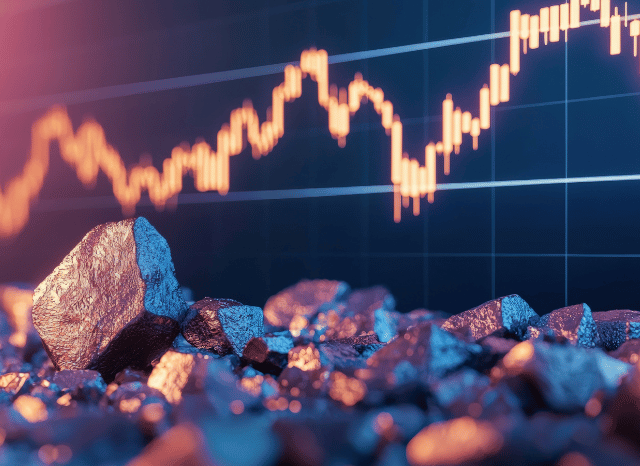
The strategic metals powering the Electrical power transition are actually centre stage in geopolitics and sector.
The moment confined to area of interest scientific and industrial circles, unusual earth aspects (REEs) have surged into worldwide headlines—and forever motive. These 17 aspects, from neodymium to dysprosium, tend to be the creating blocks of modern engineering, taking part in a central job in all the things from wind turbines to electric powered motor vehicle motors, smartphones to defence methods.
As the world races towards decarbonisation and digitalisation, demand from customers for REEs is soaring. Their function inside the Electrical power transition is important. Substantial-functionality magnets produced with neodymium and praseodymium are important to the electric motors Employed in the two EVs and wind turbines. Other REEs like europium and terbium are valuable for lighting, shows, and optical fibre networks.
But supply is precariously concentrated. China now potential customers the sourcing, separation, and refining of rare earths, managing more than eighty% of world output. This has remaining other nations scrambling to develop resilient offer chains, cut down dependency, and safe access to these strategic resources. Because of this, uncommon earths are no more just industrial materials—They are geopolitical belongings.
Buyers have taken Take note. Desire in uncommon earth-relevant shares and Trade-traded cash (ETFs) has surged, pushed by both the growth in thoroughly clean tech and the will to hedge in opposition to supply shocks. However the industry is elaborate. Some businesses are still while in the exploration phase, Other individuals are scaling up output, when a few are currently refining and providing processed metals.
It’s also crucial to be aware of the distinction between scarce earth minerals and rare earth metals. "Minerals" make reference to the raw rocks—like bastnasite, monazite, xenotime, or ionic clays—that include uncommon earths in normal type. These call for intense processing to isolate the metallic elements. The phrase “metals,” On the flip side, refers to the purified chemical features Utilized in large-tech programs.
Processing these minerals into usable metals is high-priced. Outside of China, few nations around the world have mastered the entire industrial procedure at scale, although locations like Australia, the U.S., Vietnam, and here Brazil are Doing work to change that.
Need is being fuelled by quite a few sectors:
· Electric powered mobility: magnets in motors
· Renewable Electricity: specially wind turbines
· Buyer electronics: smartphones, laptops, sensors
· Defence: radar, sonar, precision-guided systems
· Automation and robotics: ever more significant in marketplace
Neodymium stands out as a very precious scarce earth on account of its use in potent magnets. Many others, like dysprosium and terbium, increase thermal steadiness in large-general performance purposes.
The rare earth market place is volatile. Rates can swing with trade coverage, technological breakthroughs, or new source sources. For buyers, ETFs present diversification, whilst immediate stock investments feature increased threat but possibly higher returns.
What’s apparent is rare earths are now not obscure chemical curiosities—they’re strategic assets reshaping the worldwide financial system.